
Ho Chi Minh City: The Heartbeat of Vietnam
Discover Ho Chi Minh City: A vibrant blend of history, culture, and modernity in Vietnam's bustling economic and cultural heart.
Ho Chi Minh City, still often referred to by its former name, Saigon, is a bustling metropolis that artfully blends the old and the new. This dynamic city is Vietnam's economic and cultural hub, teeming with energy, history, and a vibrant street life. As you wander through its lively streets, you'll encounter French colonial architecture, towering skyscrapers, and ancient pagodas all coexisting in harmony. One of the city's most iconic landmarks is the Notre-Dame Cathedral Basilica of Saigon, a stunning example of French colonial architecture that stands proudly in the city's heart. Nearby, the historic Central Post Office, designed by Gustave Eiffel, offers a glimpse into the city's colonial past. For a deeper understanding of Vietnam's history, a visit to the War Remnants Museum is essential, offering poignant exhibits on the Vietnam War. Food lovers will find Ho Chi Minh City a paradise. The city's street food scene is legendary, with bustling markets like Ben Thanh and Binh Tay offering everything from savory pho to delicious banh mi. Don't miss the opportunity to enjoy a coffee at one of the many charming cafes or to try the local specialty, ca phe sua da, a refreshing iced coffee with condensed milk. The city's nightlife is equally vibrant, with rooftop bars offering stunning views of the skyline, lively night markets, and a thriving music scene. Whether you're exploring the historic landmarks, indulging in the culinary delights, or simply soaking in the city's electric atmosphere, Ho Chi Minh City promises an unforgettable experience.
Local tips in Ho Chi Minh City
- Traffic can be intense; consider using ride-hailing apps like Grab for safer and more reliable transportation.
- Visit early in the morning or late in the afternoon to avoid the midday heat and crowds at popular attractions.
- Carry small denominations of Vietnamese Dong as many street vendors and smaller establishments may not accept cards.
- Dress modestly when visiting religious sites like temples and pagodas to show respect.
- Bargain at local markets, but do so respectfully. It’s part of the shopping culture.
Neighbourhoods in Ho Chi Minh City
Ho Chi Minh City: The Heartbeat of Vietnam
Ho Chi Minh City, still often referred to by its former name, Saigon, is a bustling metropolis that artfully blends the old and the new. This dynamic city is Vietnam's economic and cultural hub, teeming with energy, history, and a vibrant street life. As you wander through its lively streets, you'll encounter French colonial architecture, towering skyscrapers, and ancient pagodas all coexisting in harmony. One of the city's most iconic landmarks is the Notre-Dame Cathedral Basilica of Saigon, a stunning example of French colonial architecture that stands proudly in the city's heart. Nearby, the historic Central Post Office, designed by Gustave Eiffel, offers a glimpse into the city's colonial past. For a deeper understanding of Vietnam's history, a visit to the War Remnants Museum is essential, offering poignant exhibits on the Vietnam War. Food lovers will find Ho Chi Minh City a paradise. The city's street food scene is legendary, with bustling markets like Ben Thanh and Binh Tay offering everything from savory pho to delicious banh mi. Don't miss the opportunity to enjoy a coffee at one of the many charming cafes or to try the local specialty, ca phe sua da, a refreshing iced coffee with condensed milk. The city's nightlife is equally vibrant, with rooftop bars offering stunning views of the skyline, lively night markets, and a thriving music scene. Whether you're exploring the historic landmarks, indulging in the culinary delights, or simply soaking in the city's electric atmosphere, Ho Chi Minh City promises an unforgettable experience.
When is the best time to go to Ho Chi Minh City?
Iconic landmarks you can’t miss
Ben Thanh Market
Explore the vibrant Ben Thanh Market in Ho Chi Minh City, where culture, shopping, and authentic Vietnamese cuisine converge in a lively atmosphere.

Independence Palace
Discover the historical significance and architectural beauty of Independence Palace, a key landmark in Ho Chi Minh City's vibrant history.
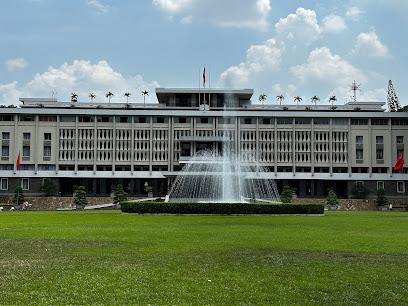
War Remnants Museum
Explore the War Remnants Museum in Ho Chi Minh City for an insightful and poignant reflection on Vietnam's history and the impacts of war.
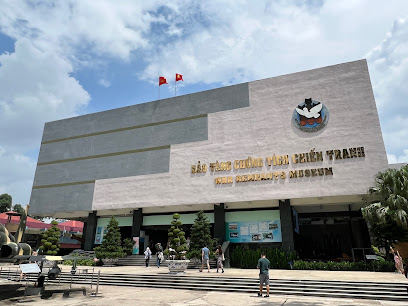
Notre Dame Cathedral of Saigon
Explore the stunning Notre Dame Cathedral of Saigon, a symbol of history, architecture, and spirituality in the heart of Ho Chi Minh City.

Bui Vien Walking Street
Experience the vibrant nightlife and rich culture of Ho Chi Minh City at Bui Vien Walking Street, a must-visit destination for every traveler.
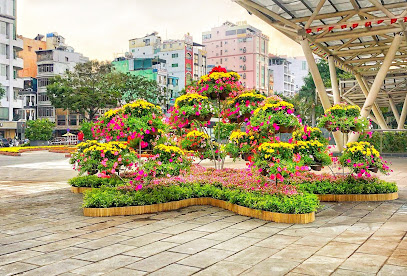
Tao Dan Park
Discover the tranquility of Tao Dan Park in Ho Chi Minh City, a lush urban oasis filled with ancient trees and cultural landmarks.

Ho Chi Minh City Opera House
Discover the elegance and cultural richness of Ho Chi Minh City at the stunning Opera House, a timeless symbol of Vietnam's artistic heritage.

Cu Chi Tunnel
Explore the Cu Chi Tunnels, an extraordinary historical landmark in Vietnam that offers deep insight into wartime resilience and ingenuity.
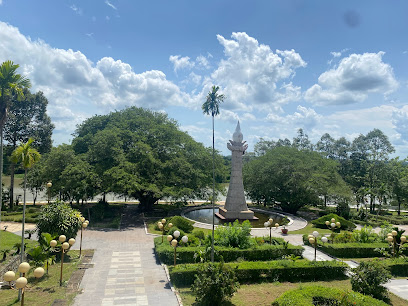
Saigon Skydeck
Discover breathtaking views of Ho Chi Minh City from Saigon Skydeck, an iconic observation deck at Bitexco Financial Tower, perfect for unforgettable experiences.
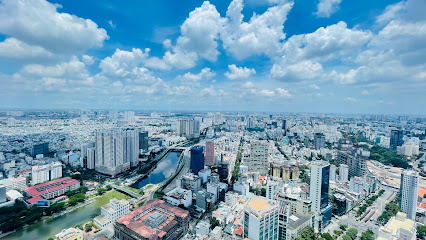
Ho Chi Minh City Book Street
Discover Ho Chi Minh City Book Street, a vibrant literary haven filled with bookstores, cafes, and cultural events celebrating the joy of reading.
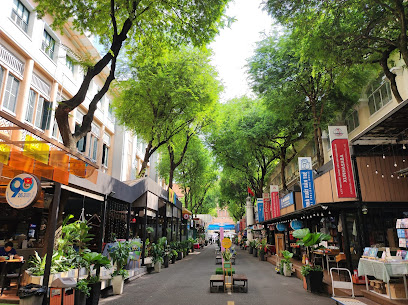
Ho Chi Minh Statue
Explore the majestic Ho Chi Minh Statue, a tribute to Vietnam's resilience and a must-see landmark in the heart of Ho Chi Minh City.

History Museum of Ho Chi Minh City
Explore Vietnam's rich history at the History Museum of Ho Chi Minh City, a treasure trove of artifacts and cultural insights in a stunning colonial setting.

Museum of Ho Chi Minh City
Explore the Museum of Ho Chi Minh City for an enriching experience of Vietnam's history and culture in a stunning colonial setting.
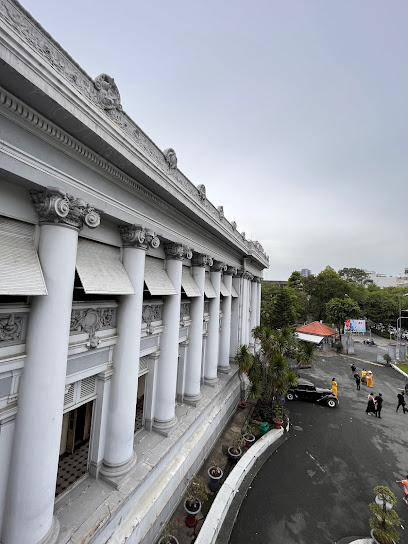
Đài tưởng niệm Bồ tát Thích Quảng Đức
Discover the Bồ Tát Thích Quảng Đức Monument in Ho Chi Minh City, a powerful symbol of peace and a testament to Vietnam's rich cultural heritage.
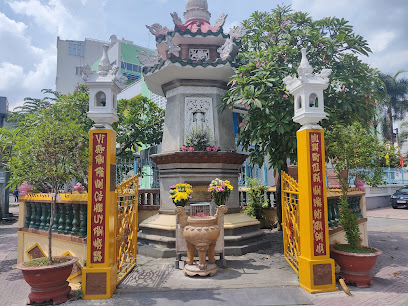
Ao Dai Museum
Uncover the elegance and cultural significance of Vietnam's Ao Dai at this unique heritage museum in Ho Chi Minh City.
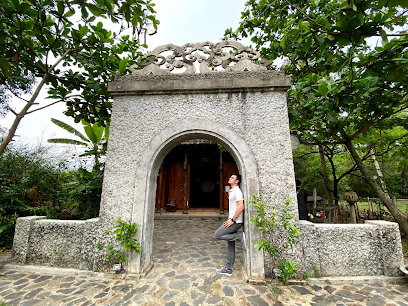
Unmissable attractions to see
Ben Thanh Market
Experience the vibrant culture and culinary delights at Ben Thanh Market in Ho Chi Minh City, Vietnam's iconic shopping and cultural landmark.
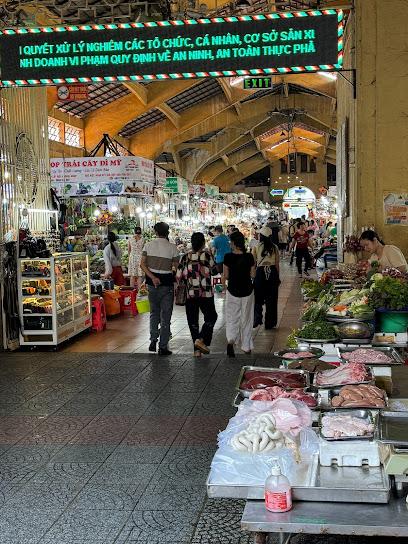
Independence Palace
Discover the historical significance and architectural beauty of Independence Palace, a must-visit landmark in Ho Chi Minh City, Vietnam.
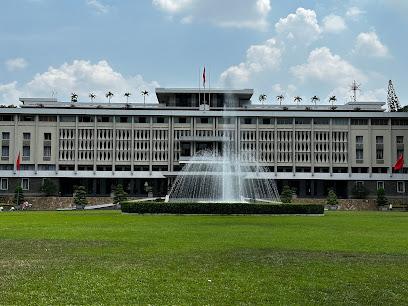
War Remnants Museum
Discover the profound history and emotional stories at the War Remnants Museum in Ho Chi Minh City, a must-visit for understanding Vietnam's legacy.
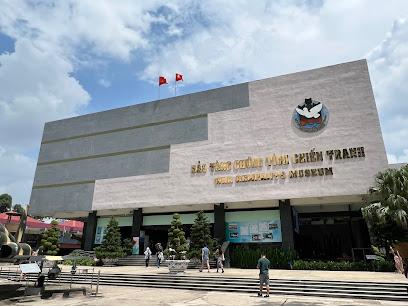
Saigon Zoo & Botanical Garden
Explore the Saigon Zoo & Botanical Garden, a historic gem in Ho Chi Minh City, filled with wildlife, lush gardens, and educational experiences.
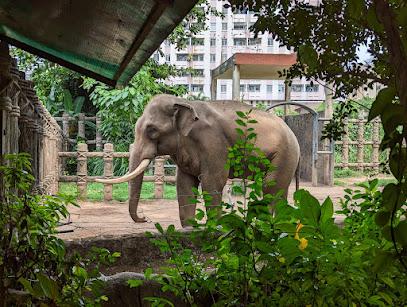
Suoi Tien Theme Park
Experience the thrill and culture of Vietnam at Suoi Tien Theme Park in Ho Chi Minh City, where adventure meets tradition in a vibrant setting.
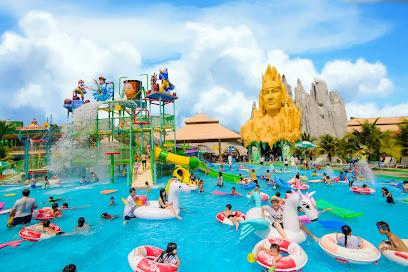
Bitexco Financial Tower
Discover the breathtaking skyline and architectural marvel of Ho Chi Minh City at the iconic Bitexco Financial Tower, a must-see for every traveler.
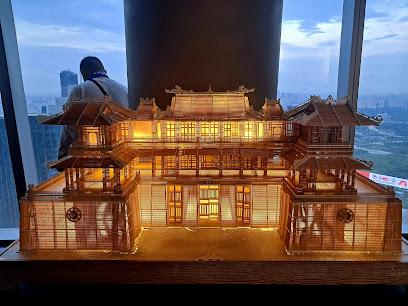
Tao Dan Park
Experience the serene beauty and cultural richness of Tao Dan Park, a lush oasis in the heart of Ho Chi Minh City, ideal for relaxation and exploration.
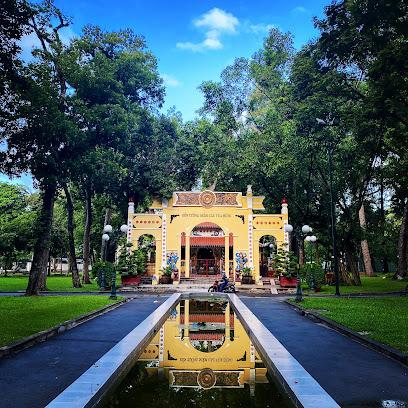
Saigon Opera House
Explore the Saigon Opera House, a historic landmark in Ho Chi Minh City showcasing exquisite performances and stunning architecture.
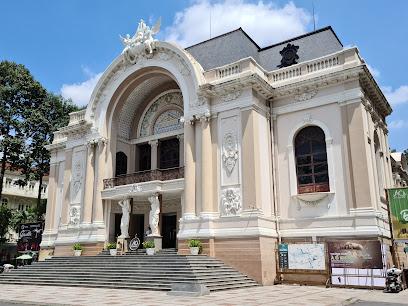
Cu Chi Tunnel
Explore the Cu Chi Tunnels, a historical landmark revealing the ingenuity and resilience of the Viet Cong during the Vietnam War.
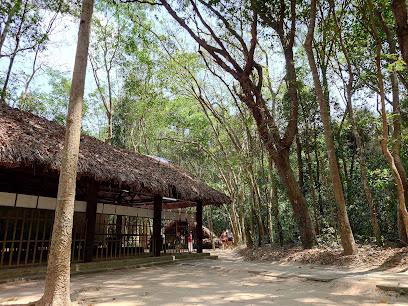
Saigon Skydeck
Experience breathtaking views of Ho Chi Minh City from the Saigon Skydeck, the perfect vantage point for capturing the essence of this vibrant metropolis.
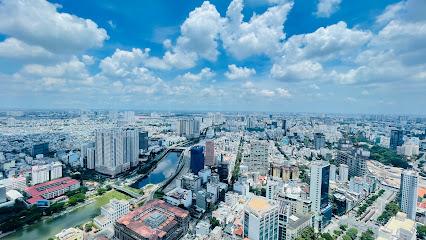
Ho Chi Minh City Book Street
Experience the literary enchantment of Ho Chi Minh City Book Street, where every corner invites you to explore and celebrate the joy of reading.
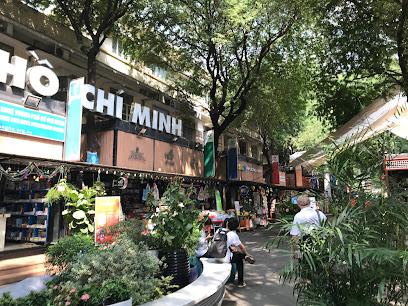
Sense City Pham Van Dong
Discover the vibrant shopping and recreation hub of Sense City Pham Van Dong in Ho Chi Minh City, where culture meets modern convenience.
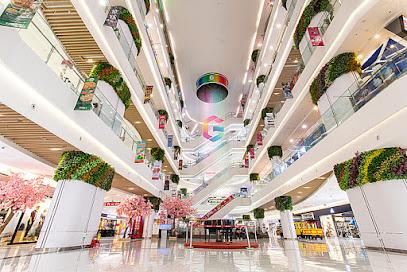
Tân Định Market
Explore Tân Định Market in Ho Chi Minh City for a vibrant mix of local culture, delicious street food, and unique artisan crafts.
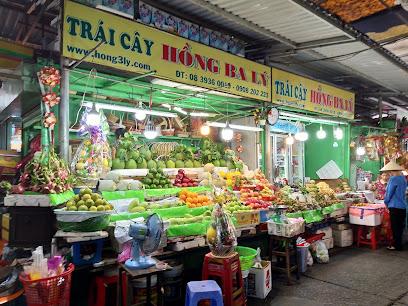
Ho Chi Minh City Museum of Fine Arts
Discover the artistic heritage of Vietnam at Ho Chi Minh City Museum of Fine Arts, a cultural haven showcasing traditional and contemporary art.
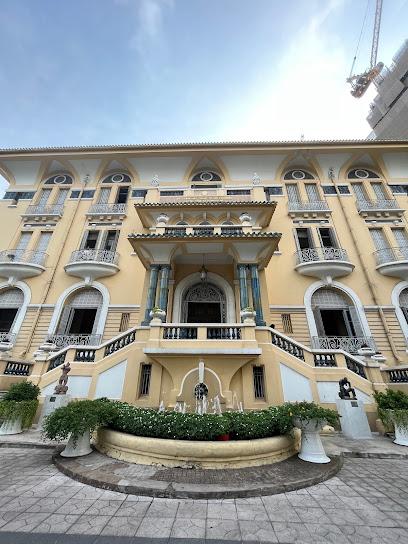
White Rabbit Amusement Park
Experience exhilarating rides and enchanting attractions at White Rabbit Amusement Park, the ultimate family-friendly destination in Ho Chi Minh City.
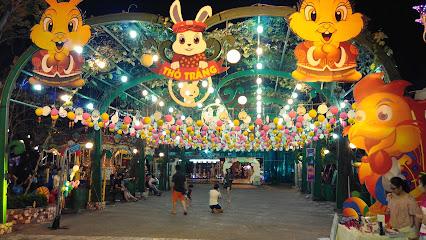
Essential places to dine
Ngon Restaurant
Experience authentic Vietnamese flavors at Ngon Restaurant in Ho Chi Minh City – a must-visit destination for food lovers.
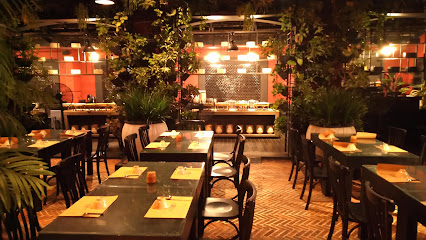
Bếp Mẹ Ỉn - Lê Thánh Tôn
Experience authentic Vietnamese cuisine at Bếp Mẹ Ỉn - where tradition meets innovation in every flavorful dish.
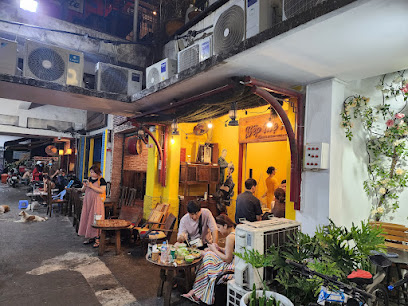
Baba's Kitchen Indian Restaurant District 1
Experience the rich flavors of India at Baba's Kitchen in Ho Chi Minh City - where every dish tells a story.
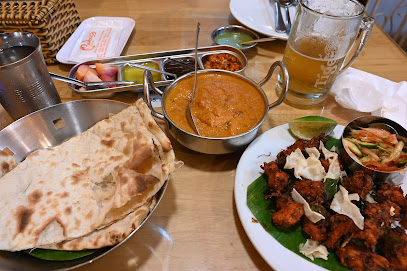
Hum, Cafe & Restaurant
Discover the vibrant flavors of vegetarian cuisine at Hum Cafe & Restaurant in Ho Chi Minh City - where health meets taste!
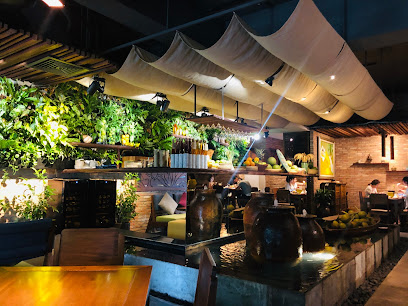
Secret Garden Restaurant
Experience authentic Vietnamese cuisine in a tranquil garden setting at Secret Garden Restaurant in Ho Chi Minh City.
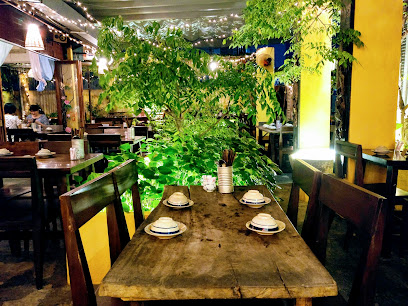
Cuc Gach Quan Restaurant
Discover authentic Vietnamese flavors at Cuc Gach Quan in Ho Chi Minh City - where tradition meets exquisite cuisine.

Propaganda Vietnamese Bistro
Experience the best of Vietnamese cuisine at Propaganda Vietnamese Bistro - where tradition meets contemporary flair in Ho Chi Minh City.
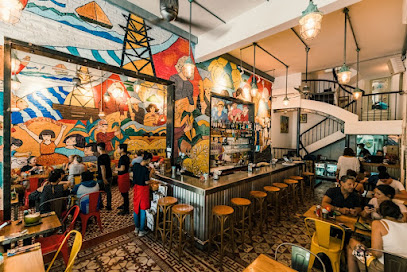
The Deck Saigon
Experience exceptional dining at The Deck Saigon – where gourmet cuisine meets stunning riverside views in Ho Chi Minh City.
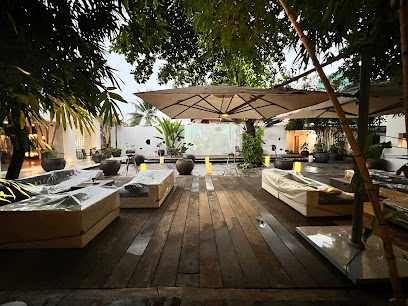
Quan Bui - Original
Experience authentic Vietnamese cuisine at Quan Bui - Original in Ho Chi Minh City with a diverse menu and inviting atmosphere.
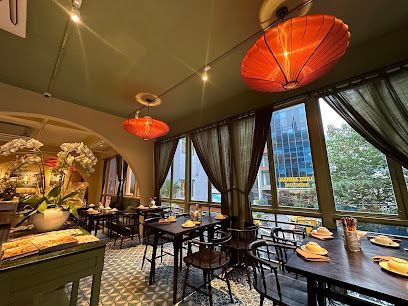
Den Long - Home Cooked Vietnamese Restaurant
Experience authentic home-cooked Vietnamese cuisine at Den Long in Ho Chi Minh City – where every dish tells a story.
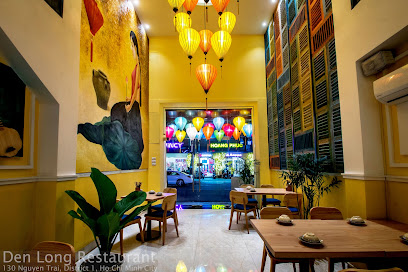
Nhà Hàng Lúa Đại Việt - Bui Vien Restaurant
Experience the rich flavors of Vietnam and beyond at Nhà Hàng Lúa Đại Việt in Ho Chi Minh City.
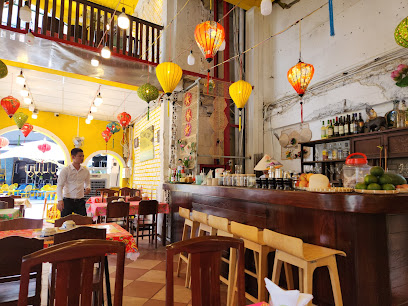
B3 - Steakhouse & Craft beer
Experience culinary excellence at B3 - Steakhouse & Craft Beer in Ho Chi Minh City; savor premium steaks paired with craft brews in a vibrant setting.
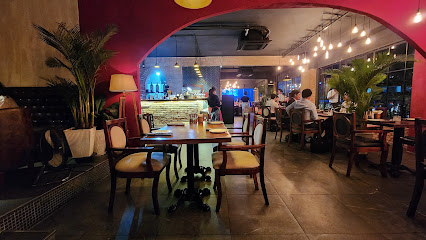
Home Saigon Restaurant
Experience authentic Vietnamese cuisine at Home Saigon Restaurant in Ho Chi Minh City—where tradition meets taste in every dish.
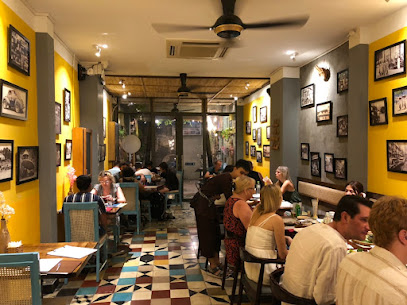
Au Parc Restaurant
Discover Au Parc Restaurant: A culinary haven in Ho Chi Minh City offering Mediterranean and Middle Eastern delights in a charming atmosphere.
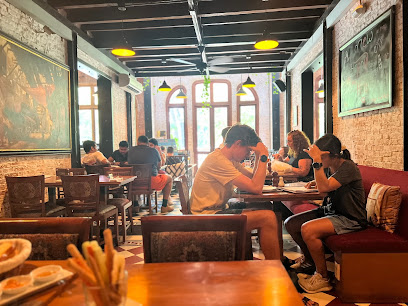
Noir
Experience dining like never before at Noir – where culinary artistry meets sensory exploration in the heart of Ho Chi Minh City.
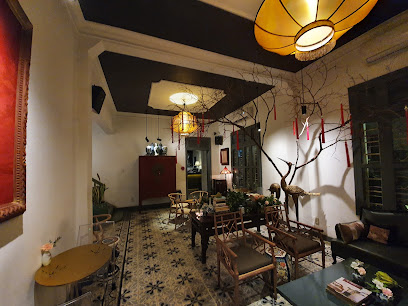
Markets, malls and hidden boutiques
Takashimaya Ho Chi Minh City
Explore Takashimaya Ho Chi Minh City: A shopping paradise blending luxury brands and local culture in the heart of Vietnam.
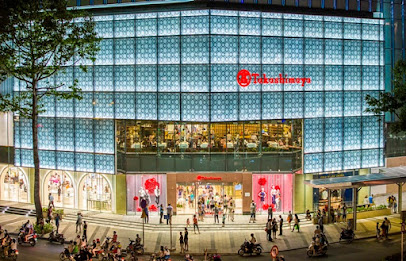
Saigon Centre
Discover Saigon Centre, a vibrant shopping mall in Ho Chi Minh City offering extensive shopping, dining, and entertainment options for all visitors.
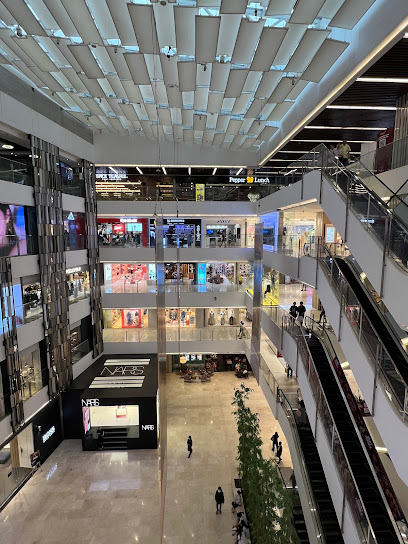
Sài Gòn Square
Explore the vibrant shopping scene at Sài Gòn Square, Ho Chi Minh City’s premier retail destination filled with local goods and culinary delights.
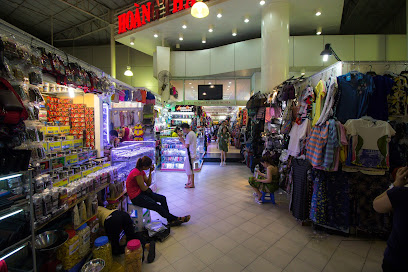
Sense Market
Explore Sense Market in Ho Chi Minh City for a unique blend of local craftsmanship, delicious street food, and vibrant shopping experiences.
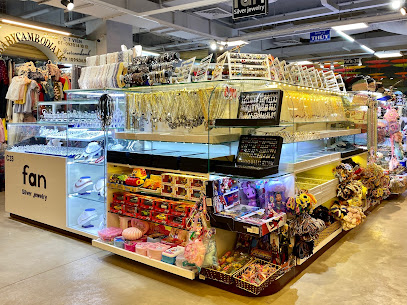
UNION SQUARE
Discover the vibrant shopping and dining experience at Union Square in Ho Chi Minh City, where modernity meets local culture.
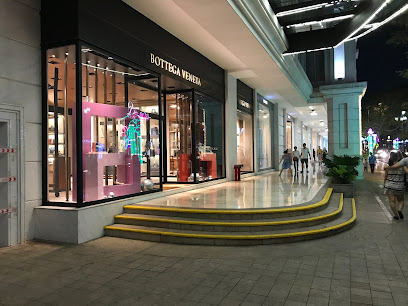
The Craft House Original
Explore The Craft House Original for unique souvenirs and local crafts in the heart of Ho Chi Minh City, a true reflection of Vietnamese culture.
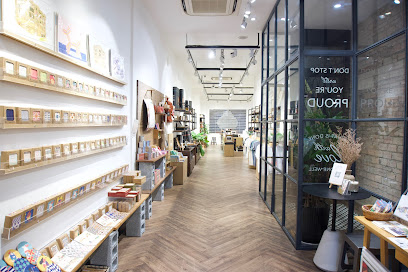
Mayhem Saigon Vintage Store
Explore Mayhem Saigon Vintage Store for eclectic vintage fashion and unique souvenirs in the heart of Ho Chi Minh City.
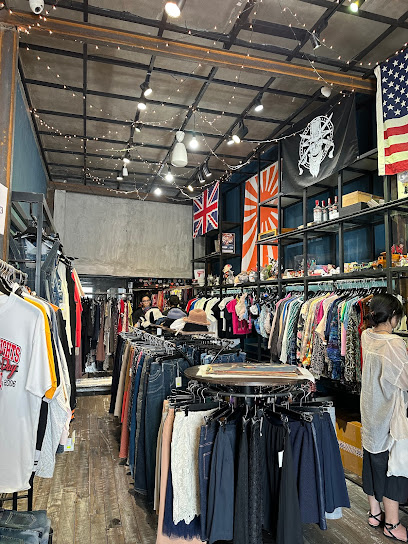
OHQUAO Concept Store
Explore the creative spirit of Vietnam at OHQUAO Concept Store, where unique gifts and fashion meet local craftsmanship.
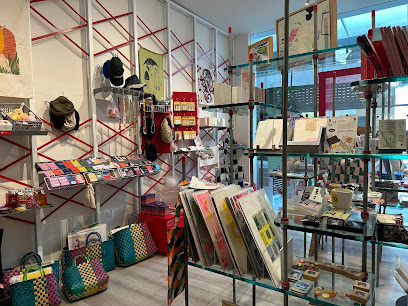
Cửa Hàng Hòa Hoa - Saigon Kitsch
Discover unique Vietnamese treasures at Cửa Hàng Hòa Hoa - Saigon Kitsch, a vibrant gift shop in the heart of Ho Chi Minh City.
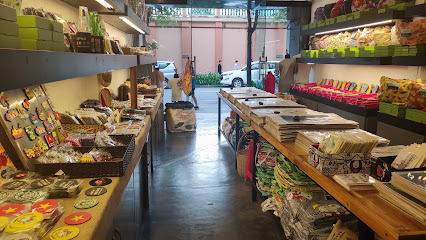
The Craft House Central Nguyễn Huệ
Explore The Craft House Central in Ho Chi Minh City for unique handmade crafts and gifts that celebrate Vietnamese artistry.
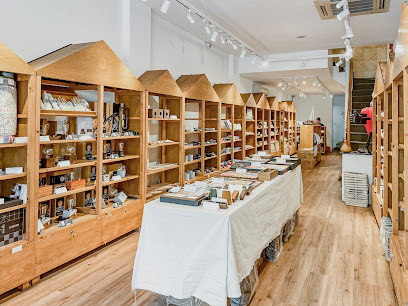
Unique Gift Shop
Explore Ho Chi Minh City's Unique Gift Shop for authentic souvenirs and local handicrafts that embody the rich culture of Vietnam.
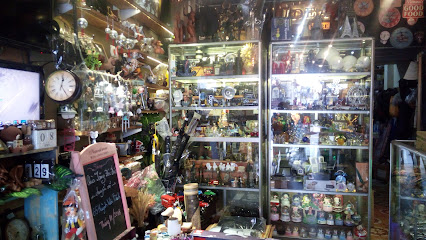
Sò Vintage
Discover unique vintage and contemporary fashion at Sò Vintage, a hidden gem in the heart of Ho Chi Minh City, perfect for fashion enthusiasts and tourists.
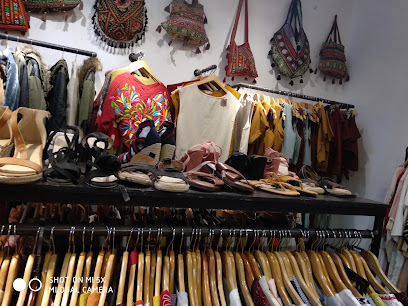
Cổ và Cũ
Discover Cổ và Cũ: Your go-to gift shop in Ho Chi Minh City for authentic Vietnamese souvenirs and unique handcrafted treasures.
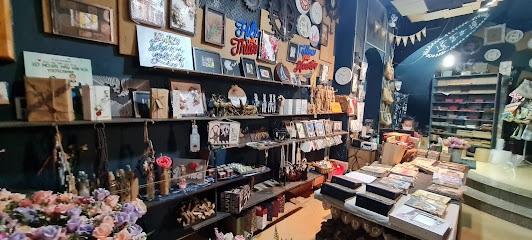
THRIFTSHOP SAIGON
Uncover unique vintage clothing treasures at ThriftShop Saigon, where local charm meets sustainable fashion in the heart of Ho Chi Minh City.
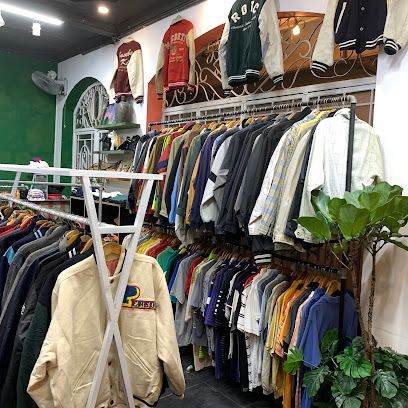
Saigon Jane T-shirt Shop
Explore Ho Chi Minh City’s vibrant fashion scene at Saigon Jane T-shirt Shop, where unique designs meet local culture.
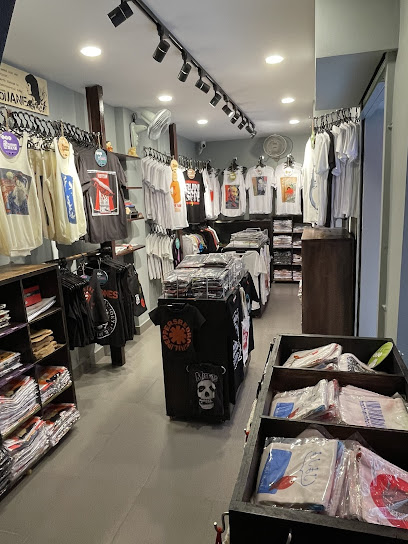
Essential bars & hidden hideouts
Chill Skybar
Experience the breathtaking skyline of Ho Chi Minh City at Chill Skybar, where exquisite cocktails and vibrant nightlife meet stunning panoramic views.
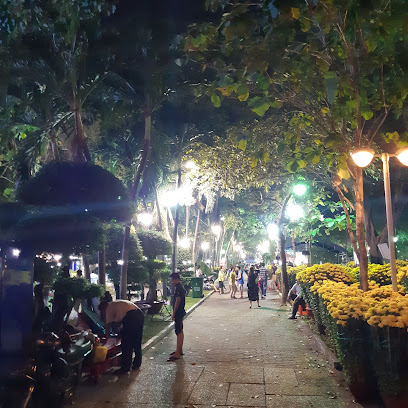
Layla - Eatery & Bar
Discover the vibrant flavors of Layla - Eatery & Bar in Ho Chi Minh City, where Australian cuisine meets innovative cocktails in a lively atmosphere.
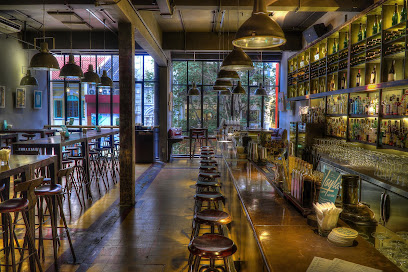
Thi Bar Saigon
Discover the vibrant nightlife of Ho Chi Minh City at Thi Bar Saigon, a cocktail bar and gay club known for its welcoming atmosphere and electrifying entertainment.
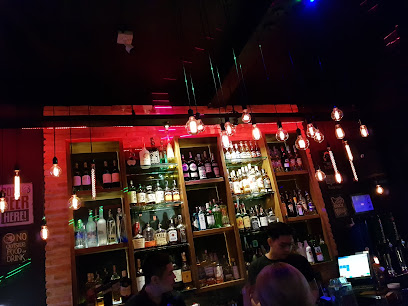
Carmen
Discover the vibrant nightlife at Carmen, a unique bar in Ho Chi Minh City offering crafted cocktails and a lively atmosphere.
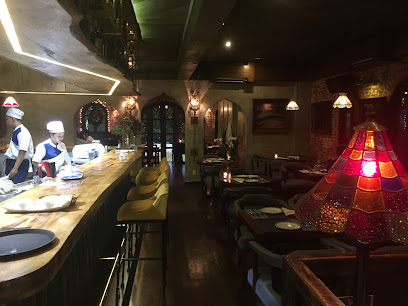
The Alley Cocktail Bar & Kitchen
Discover the elegance of The Alley Cocktail Bar & Kitchen in Ho Chi Minh City, where cocktails and culinary delights intertwine in a vibrant atmosphere.
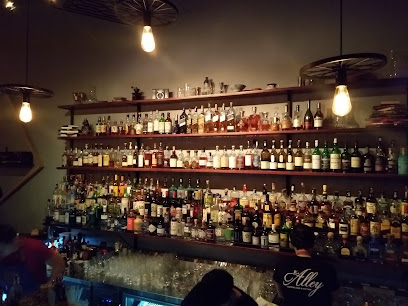
Snuffbox
Discover the elegance of Snuffbox, a premier cocktail bar in Ho Chi Minh City, offering exquisite drinks in a stylish ambiance.
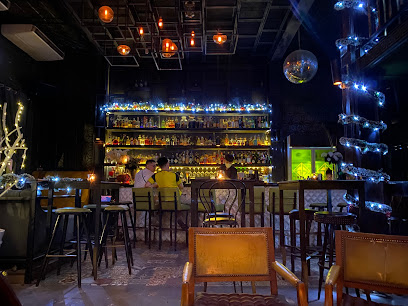
Blanchy's Lounge
Experience the vibrant nightlife of Ho Chi Minh City at Blanchy's Lounge, where innovative cocktails and a lively atmosphere await.
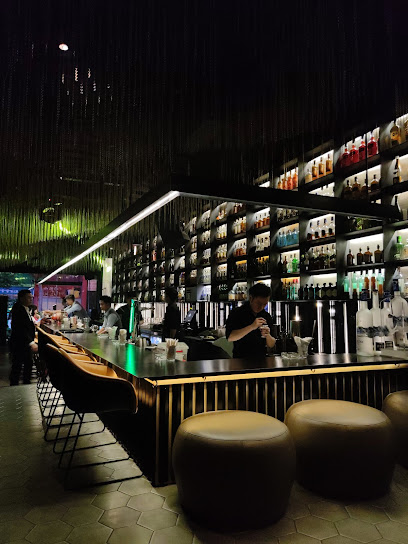
Firkin Bar
Discover Firkin Bar, a top cocktail destination in Ho Chi Minh City, renowned for its creative drinks and lively atmosphere.

TNR Saigon
Experience vibrant nightlife at TNR Saigon, where cocktails flow and the atmosphere buzzes with energy in Ho Chi Minh City.
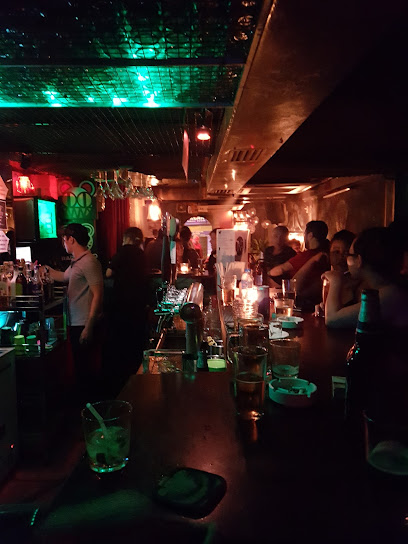
Kim's Tavern
Discover the heart of Ho Chi Minh City's nightlife at Kim's Tavern, a lively bar offering cocktails, local brews, and unforgettable experiences.

Telephone bar
Discover the vibrant Telephone Bar in Ho Chi Minh City, where expertly crafted cocktails meet an inviting and lively atmosphere.
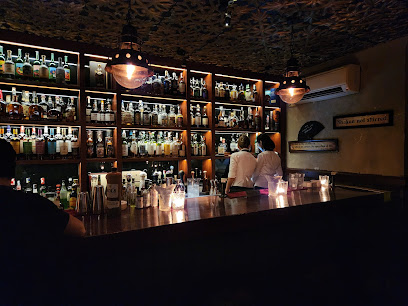
Lost - Drink & Chill
Discover the vibrant cocktail culture at Lost - Drink & Chill, where innovative drinks and a cozy atmosphere await in Ho Chi Minh City.
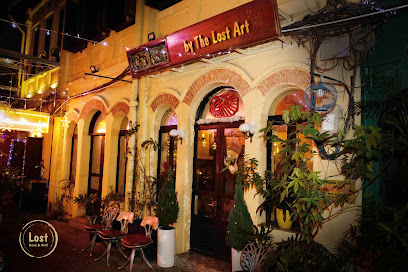
Krystalini Hidden Cocktail Bar
Experience the charm of Krystalini Hidden Cocktail Bar, where exquisite cocktails and a cozy atmosphere await in Ho Chi Minh City.
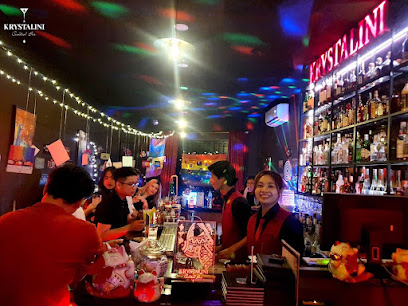
Above bar
Discover Above Bar, a rooftop gem in Ho Chi Minh City offering stunning views, creative cocktails, and a vibrant atmosphere perfect for tourists.
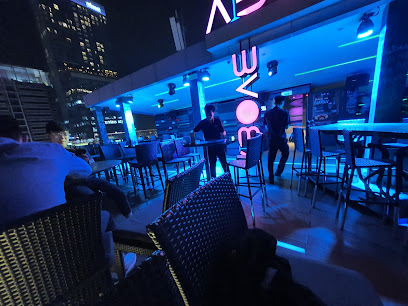
Snug Pub
Discover the lively nightlife of Snug Pub in Ho Chi Minh City, featuring cocktails, live music, and a welcoming atmosphere for all.
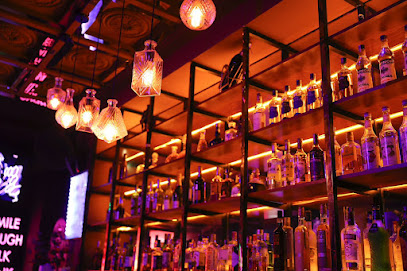
Local Phrases
-
- HelloXin chào
[sin chow] - GoodbyeTạm biệt
[tam byet] - YesCó
[koh] - NoKhông
[kohng] - Please/You're welcomeXin vui lòng
[sin vui long] - Thank youCám ơn
[kahm uhn] - Excuse me/SorryXin lỗi
[sin loy] - How are you?Bạn khỏe không?
[bahn kweh kohng] - Fine. And you?Khỏe. Còn bạn?
[kweh. kohn bahn] - Do you speak English?Bạn có nói tiếng Anh không?
[bahn koh noy tyeng anh kohng] - I don't understandTôi không hiểu
[toy kohng hyehu]
- HelloXin chào
-
- I'd like to see the menu, pleaseTôi muốn xem menu, vui lòng
[toy muhn sem menu, vui long] - I don't eat meatTôi không ăn thịt
[toy kohng an tit] - Cheers!Chúc sức khỏe!
[chook sook kweh] - I would like to pay, pleaseTôi muốn thanh toán, vui lòng
[toy muhn thanh toan, vui long]
- I'd like to see the menu, pleaseTôi muốn xem menu, vui lòng
-
- Help!Cứu!
[kyoo] - Go away!Đi đi!
[dee dee] - Call the Police!Gọi cảnh sát!
[goy kenh saat] - Call a doctor!Gọi bác sĩ!
[goy bahk see] - I'm lostTôi lạc đường
[toy lahk doong] - I'm illTôi bị ốm
[toy bee ohm]
- Help!Cứu!
-
- I'd like to buy...Tôi muốn mua...
[toy muhn mwa] - I'm just lookingTôi chỉ xem
[toy chi sem] - How much is it?Bao nhiêu tiền?
[baow nyew tien] - That's too expensiveĐắt quá
[daht kwah] - Can you lower the price?Bạn có thể giảm giá không?
[bahn koh thee ziam zah kohng]
- I'd like to buy...Tôi muốn mua...
-
- What time is it?Bây giờ là mấy giờ?
[bay zoh lah may zoh] - It's one o'clockLà một giờ
[lah moht zoh] - Half past (10)Mười giờ nửa
[mooee zoh nooah] - MorningBuổi sáng
[bwoy saang] - AfternoonBuổi chiều
[bwoy chee-yoo] - EveningBuổi tối
[bwoy toy] - YesterdayHôm qua
[hohm kwah] - TodayHôm nay
[hohm nigh] - TomorrowNgày mai
[nyai mahy] - 1Một
[moht] - 2Hai
[high] - 3Ba
[bah] - 4Bốn
[bohn] - 5Năm
[nahm] - 6Sáu
[sow] - 7Bảy
[byai] - 8Tám
[tahm] - 9Chín
[cheen] - 10Mười
[mooee]
- What time is it?Bây giờ là mấy giờ?
-
- Where's a/the...?Chỗ nào có...
[choh nah-oh koh] - What's the address?Địa chỉ là gì?
[dih-ah chee lah zee] - Can you show me (on the map)?Bạn có thể chỉ cho tôi không?
[bahn koh thee chee choh toy kohng] - When's the next (bus)?Khi nào xe buýt tiếp theo?
[khee nah-oh se booyt tyep the-oh] - A ticket (to ....)Một vé (đến ....)
[moht vay (den ....)]
- Where's a/the...?Chỗ nào có...
History of Ho Chi Minh City
-
Ho Chi Minh City, originally known as Prey Nokor, was part of the Khmer Empire before the arrival of the Vietnamese. The city's early history is deeply intertwined with the Khmer culture, as it was a significant trading port for the Khmer people. The remnants of Khmer influence can still be seen in the cultural and religious practices of the region.
-
In the late 17th century, Vietnamese settlers began to migrate to the area, and by 1698, Nguyễn Hữu Cảnh, a noble from the Nguyễn Dynasty, formally established Vietnamese administrative control over the region. This marked the beginning of Saigon, which would grow into a bustling urban center.
-
In 1859, the French captured Saigon, marking the beginning of French colonial rule. Saigon was transformed into a major port city and dubbed 'the Pearl of the Far East.' French architecture, cuisine, and urban planning left a lasting impact on the city's landscape, with landmarks like Notre-Dame Cathedral Basilica of Saigon and the Saigon Central Post Office still standing today.
-
During World War II, Saigon fell under Japanese occupation from 1940 to 1945. This period was marked by significant political turmoil and hardship for the local population. Following Japan's defeat, the city briefly returned to French control before becoming a focal point in the struggle for Vietnamese independence.
-
The end of World War II ignited the First Indochina War between the Viet Minh and French colonial forces. The conflict culminated in the 1954 Geneva Accords, which led to the withdrawal of French troops and the division of Vietnam into North and South. Saigon became the capital of the newly established Republic of Vietnam (South Vietnam).
-
From 1955 to 1975, Saigon was at the heart of the Vietnam War, a devastating conflict between North Vietnam (supported by communist allies) and South Vietnam (backed by the United States and other anti-communist nations). The war ended on April 30, 1975, with the Fall of Saigon, when North Vietnamese forces captured the city, leading to the reunification of Vietnam under communist rule. This event marked a significant turning point in the city's history, and the city was subsequently renamed Ho Chi Minh City in honor of the North Vietnamese leader.
-
The years following the Vietnam War were marked by efforts to rebuild and modernize Ho Chi Minh City. The city faced significant challenges, including economic hardship and political restructuring. However, the implementation of Đổi Mới (Renovation) economic reforms in 1986 spurred rapid economic growth and opened the city to foreign investment, transforming it into a dynamic and rapidly developing urban center.
-
Today, Ho Chi Minh City is Vietnam's largest city and a vibrant economic hub. It boasts a rich blend of historical landmarks, modern skyscrapers, bustling markets, and a diverse cultural scene. The city's dynamic energy and rapid development continue to attract visitors from around the world, eager to experience its unique blend of history and modernity.
Ho Chi Minh City Essentials
-
Ho Chi Minh City, also known as Saigon, is served by Tan Son Nhat International Airport (SGN), located approximately 7 kilometers from the city center. Direct flights are available from many major cities worldwide. From the airport, you can take a taxi, ride-hailing service like Grab, or airport shuttle bus to your accommodation. The airport is well-connected and offers various transportation options to suit different budgets.
-
Ho Chi Minh City has a comprehensive transportation network. Taxis and ride-hailing services like Grab are widely available. For a local experience, try the motorbike taxis (xe ôm). Public buses cover most areas of the city and are very affordable. For short distances, cyclos (three-wheeled bicycle taxis) offer a unique way to explore the city. Traffic can be intense, so always be cautious when crossing the street.
-
The official currency is the Vietnamese Dong (VND). Credit cards are widely accepted in hotels, restaurants, and larger stores, but it's advisable to carry cash for small purchases and in local markets. ATMs are plentiful throughout the city, and currency exchange services are available at banks and exchange counters.
-
Ho Chi Minh City is generally safe for tourists, but petty crime such as pickpocketing and bag snatching can occur, especially in crowded areas like Ben Thanh Market and tourist hotspots. Be cautious in District 1, particularly around Bui Vien Street. Avoid walking alone late at night and keep your belongings secure. Use hotel safes for valuables.
-
In case of emergency, dial 113 for police, 114 for fire, and 115 for medical emergencies. Major hospitals like FV Hospital and Vinmec Central Park International Hospital offer high-quality medical care. It's advisable to have travel insurance that covers medical emergencies. Pharmacies are common and can provide over-the-counter medications for minor health issues.
-
Fashion: Do dress modestly, especially when visiting religious sites. Avoid overly revealing clothing. Religion: Do respect local customs. Remove your shoes before entering temples and pagodas. Public Transport: Do be polite and patient. Don’t eat or drink on buses. Greetings: Do greet with a slight bow or handshake. A friendly smile goes a long way. Eating & Drinking: Do try local street food but ensure it's from a reputable vendor. Don’t leave chopsticks sticking upright in your rice bowl, as it resembles funeral rites.
-
To experience Ho Chi Minh City like a local, visit the bustling markets such as Ben Thanh Market and Binh Tay Market to shop for fresh produce and local goods. Enjoy a morning coffee at one of the many street-side cafes. Explore hidden alleys and discover local eateries offering traditional Vietnamese dishes. Engage with locals; they are generally friendly and willing to share insights about their city.
Trending Landmark in Ho Chi Minh City
-
Ben Thanh Market
-
Independence Palace
-
War Remnants Museum
-
Notre Dame Cathedral of Saigon
-
Bui Vien Walking Street
-
Tao Dan Park
-
Ho Chi Minh City Opera House
-
Cu Chi Tunnel
-
Saigon Skydeck
-
Ho Chi Minh City Book Street
-
Ho Chi Minh Statue
-
History Museum of Ho Chi Minh City
-
Museum of Ho Chi Minh City
-
Đài tưởng niệm Bồ tát Thích Quảng Đức
-
Ao Dai Museum
Nearby Cities to Ho Chi Minh City
-
Things To Do in Vung Tau
-
Things To Do in Can Tho
-
Things To Do in Phan Thiet
-
Things To Do in Mui Ne
-
Things To Do in Kratie
-
Things To Do in Phnom Penh
-
Things To Do in Dalat
-
Things To Do in Kep
-
Things To Do in Buon Ma Thuot
-
Things To Do in Kampot
-
Things To Do in Phu Quoc
-
Things To Do in Sihanoukville
-
Things To Do in Nha Trang
-
Things To Do in Koh Rong
-
Things To Do in Koh Kong

















